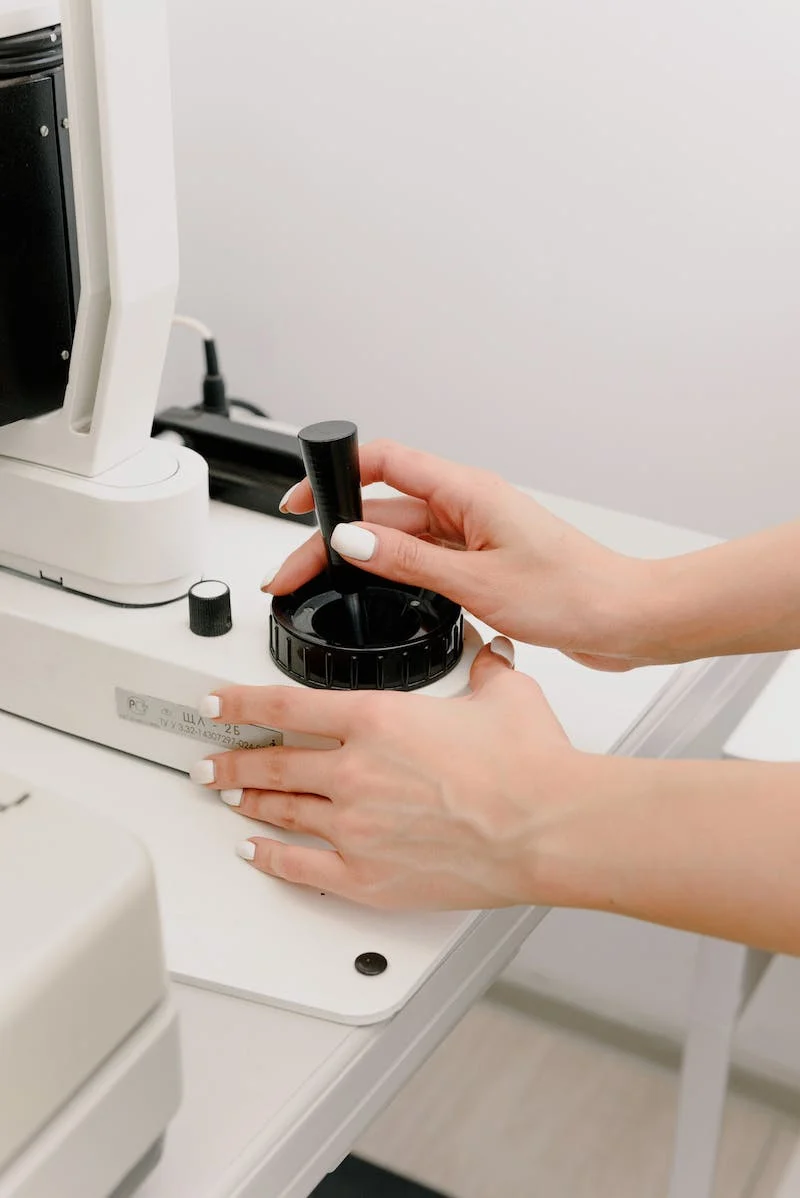
13 Mar Medical Device Manufacturing: What Are the Standards and Requirements?
The FDA has the final say on the standards and requirements for medical device manufacturing. Its risk-based classification system is an important part of protecting the industry. Although there are several regulations to follow, compliance is not a problem for the many medical devices worldwide.
The Demand
Contract manufacturing for medical devices has been in high demand for years. The expansion of the medical device industry was bolstered by the rise of contract manufacturing services. Over the last few decades, many businesses found common ground as they met client and consumer needs. There are close to six-thousand companies in the medical device industry, and that number is expected to rise along with the profits. At over five-hundred billion dollars, the global medical device market requires strict regulation. Despite these heavy rules, companies have no problem prioritizing quality over profits.
Categories
The categories for medical device manufacturing follow current FDA guidelines. It is the Center for Devices & Radiological Health that decides the classes for each device. Each device is rated based on its risk, and from there the CDRH can make more informed decisions.
Class I
This category is for about 47% of devices that are considered low risk. As a result, it has the least amount of regulatory controls. Common examples are dental floss, elastic bandages and examination gloves.
Class II
Class II examples are higher risk, and as a result require better regulatory controls. About 43% of medical devices fall into the class II category. X-ray machines, infusion pumps and powered wheelchairs are common for this category.
Class III
Only 10% of medical devices make up the class III category. They are the highest risk, with common examples being heart valves, implanted pacemakers and implanted cerebral simulators. Class III has the highest regulatory control by the FDA, and usually have to be approved before they are officially sold.
Requirements
The requirements are extensive for all medical devices. For the protection of the industry, this is a necessary part of doing business. While the finer parts of the regulations are well documented, there are a few basics that stand out.
Registration & Market Device Listing
Domestic and foreign importers of medical devices have to register with the FDA. All registration information is verified annually, and foreign manufacturers have to designate a U.S. agent. Since 2007, a registration fee was added for most establishments. After registration, manufacturers have to list all of their devices. The full medical device list is on the FDA, and is updated regularly.
Premarket Notification & Approval
Devices that require premarket notification can’t be commercially distributed until authorized by the FDA. Just like registration, there is now a fee attached to premarket notification. Most class I and II devices are exempt based on an updated list from the FDA.
Specific class III devices are considered high risk, and as a result require premarket approval. This is a much more intense version of premarket notification that also includes a fee. Based on size, some businesses are eligible for a reduced or waived fee. A lot of paperwork (including clinical data) is required as a backing to push a class III device through the approval process.
Setting the Standard
There are a lot of steps required to bring a medical device to the market. Manufacturers have to be at the top of their game in order to avoid delays. As standards and requirements become modernized, higher expectations are created for medical device manufacturing.
The information on MedicalResearch.com is provided for educational purposes only, and is in no way intended to diagnose, cure, or treat any medical or other condition. Some links may be sponsored. Always seek the advice of your physician or other qualified health and ask your doctor any questions you may have regarding a medical condition. In addition to all other limitations and disclaimers in this agreement, service
Last Updated on March 13, 2023 by Marie Benz
